"The future is now, well almost", we said in our Vision Pro review a year ago. It's all in the "almost"! Because it's clear that the future is not now, at all. Apple's mixed reality headset has not brought about the "spatial computing" revolution that the Californian manufacturer is so keen on. Worse still, many people are calling it a flop.
Tim Cook isn't there yet. Apple's CEO, who was heavily involved in the development of this product and has consistently promoted mixed reality (well before the headset was launched, in fact), admitted in an interview with the Wall Street Journal last October:
Apple's strategy is well known: the manufacturer only invests in a new market when it has something new and/or better integrated to offer. Which can sometimes play tricks on it, as we are currently seeing in generative artificial intelligence, where the company is lagging far behind. In mixed reality, the Apple company is not a pioneer, but it has entered with a product that is extremely advanced in some areas... and much less so in others.
Cutting-edge hardware
We must recognize the Vision Pro's successes: the cameras, the screens, the eye tracking, the hand and finger movement tracking, all of this is clearly at the cutting edge of progress even today. Apple has not skimped on the components; The 1.14-inch micro-OLED screens display more or less 4K (3660 × 3200) for each eye, in HDR and 3D, all at a frame rate that can go up to 100FPS.
The device also has a whopping 12 cameras, five sensors of all kinds, six microphones, an external screen EyeSight, a duo of M2 and R1 chips, an impressive bone conduction audio system, all in an aluminum and glass chassis worthy of being among Apple's finest industrial creations.
It's clear and simple: the mixed reality experience is much better in a Vision Pro than with any other headset on the market. The external environment reproduced on Apple's screens is much clearer and "natural" than in a Quest 3. It's not completely perfect yet, the field of vision is still a little limited, but the result produced by the Vision Pro is incomparable. If we can still distinguish pixels, we must recognize that the very high resolution of the screens of Apple's headset does a lot for immersion.
From a hardware point of view, Apple has not made fun of the world. But while the Vision Pro is a technical triumph, the helmet also suffers from teething problems, which is surprising for a product that took many years to develop and comes out after everyone else. The choice of high-end materials is noble, especially considering the asking price, but at 600 grams, the device inevitably ends up weighing on the nose after a while.
That's much more than the 515 grams of the Quest 3, which also has its own battery. The Vision Pro's is indeed external and every time, you end up getting tangled up in this damn cable. All this for an equivalent battery life for the two rivals: a little over 2 hours.
Apple could also learn a lot from the Quest's straps which make the headset more comfortable to wear for longer than the two headbands provided by Apple for the Vision Pro. Meta's years of experimentation are paying off. If all these little problems - weight, comfort, battery - can be resolved relatively quickly in the future, there are two big problems that Apple absolutely must tackle to "save" its spatial computing strategy.
The software ball and chain
These black spots are closely related: visionOS on the one hand, immersive content (or rather its absence) on the other. visionOS is an operating system even more closed than iOS or iPadOS; developers point out the inadequacy of the documentation, incomplete development tools in Xcode, limited access to APIs (it is improving little by little). But beyond these technical issues that can always be improved, many deplore Apple's commercial practices.
By wanting to protect the sacrosanct App Store commission at all costs, the manufacturer has burned a lot of bridges with iOS developers. Result: they did not rush to support the new visionOS platform, while the manufacturer needs them so much to imagine and design innovative applications.
Heavyweights like Netflix, Spotify and YouTube have decided to pass their turn. And independent developers and small studios unfazed by the App Store policy lack the time and resources for an ultra-niche device, and therefore with a limited clientele.
The problem is that Apple is not setting the best example. Countless applications have not been optimized for visionOS (where are Pages, Final Cut Pro, or simply… Weather?). Others are only offered in the form of their iPad versions, and therefore not particularly well adapted to the ergonomics of the Vision Pro.
This lack of interest from developers (and Apple!) does not really speak in favor of a device sold for €4,000. visionOS also suffers from Apple's typical "customer-centric" approach: despite the presence of a guest mode, it is still very complicated to lend the headset and use it in a work environment within a team (or simply with family). Apple would probably prefer to sell a Vision Pro to everyone, but that's hardly realistic given the price of the headset.
And unfortunately, on all these points the Vision Pro has not particularly evolved in a year. Worse, the app offering has deteriorated: those released in the fervor of the launch of the device are more or less left fallow by their developers. And Apple takes far too much time to optimize its own apps.
Which brings us to the problem of content. Apple is today the only provider of immersive 180-degree 3D videos. We are constantly amazed by their quality, which literally immerses the viewer in the heart of the story. But there you have it, the company delivers this content drop by drop. Put end to end, these videos represent perhaps two hours of viewing, which makes a minute of immersive content expensive! And then you have to like animal documentaries or music videos.
Fortunately, there are 3D films on Disney+ and in the Apple TV store to enjoy the Vision Pro's screens — the headset excels in this function which, for many, could replace a home cinema! Alas, for one person at a time because the Vision Pro offers a deeply solitary experience — the strange EyeSight screen is insufficient, even ridiculous, to break down the barriers of the headset wearer immersed in his virtual environment.
Poor for games, better for productivity
Apple, which has always had trouble with video games, did not design the Vision Pro for this activity while it is the typical selling point of virtual reality headsets. There are a handful of mixed reality games, but the finger controls are not very well suited to arcade games. It is better for calmer games, like board games. Apple touts controller support and 2D games, but it's not exactly great, and the choice is limited to games designed for mobile devices.
The virtual reality offering is zero. The lack of compatibility with controllers on the market, such as those for the Quest or PS VR, prevents this type of game from emerging for the Vision Pro anyway. Maybe that will change: rumor has it that Apple and Sony have been working for some time on supporting PS VR2 controllers. But it will need games behind it.
One solution is through cloud gaming. GeForce Now has recently been available on visionOS, directly in Safari, with very respectable performance. However, you must have purchased a compatible game (there are more than 2000, including the main new AAA games) and have a good internet connection on hand! However, it must be acknowledged that it is an available and perfectly functional option.
There are also a number of solutions for local streaming (including from a PC!), such as Moonlight/Sunshine. Alas, gamers are still waiting for news of a visionOS version of Steam Link (as for SteamVR, in the absence of support for VR controllers, there is no point in dreaming).
In terms of productivity, there has been some improvement over the past year. Not so much in terms of native apps where the selection is still as meager, but for screen mirroring with the Mac. It is now possible to display your computer screen on a virtual ultrawide curved monitor, the equivalent of two 5K screens side by side. It’s big, very big, almost too big to tell the truth (taking in the entire display means moving your head a lot), but it’s still impressive. And practical: the enormous display surface allows you to position all your applications on a single screen. Ideal for multitasking!
Added to this is the physical keyboard embedded in the virtual environment. There is a certain class to working on your Mac in the heavenly environment of Bora Bora, with your keyboard in the sand! Unfortunately, this function is limited to Apple keyboards.
All this makes the Vision Pro a Mac peripheral, which is rather ironic when you know that the manufacturer is touting a complete computer. This virtual screen function could possibly justify the price of the device: after all, the headset is cheaper than the Pro Display XDR (€6,598 with its stand!) with its 6K definition and its tiny 32-inch diagonal…
The fact remains that you have to want to spend the day with a headset on your head. It would be easier with glasses, but Apple is not there yet.
To conclude, one year later
A year later, the Vision Pro is a semi-failure that highlights Apple's strengths and weaknesses today. On the one hand, the headset continues to amaze with its technical capabilities that make us dream of the bright future of spatial computing. On the other, the device is limited by an overly restrictive operating system and an ecosystem that stubbornly refuses to open up to the world.
The Vision Pro suffers from the same problems as the iPad: cutting-edge hardware dragged down by software and practices from another age. Apple launched this headset to demonstrate its technological know-how, without thinking about the uses that would justify its existence compared to established and perfectly functional solutions (like the Mac). Too closed to appeal to developers, too expensive and too limited to convince the general public.
Apple may have laid the foundations of its "spatial computing", but a year later, the dominant impression is that of a product in search of a real reason for being.

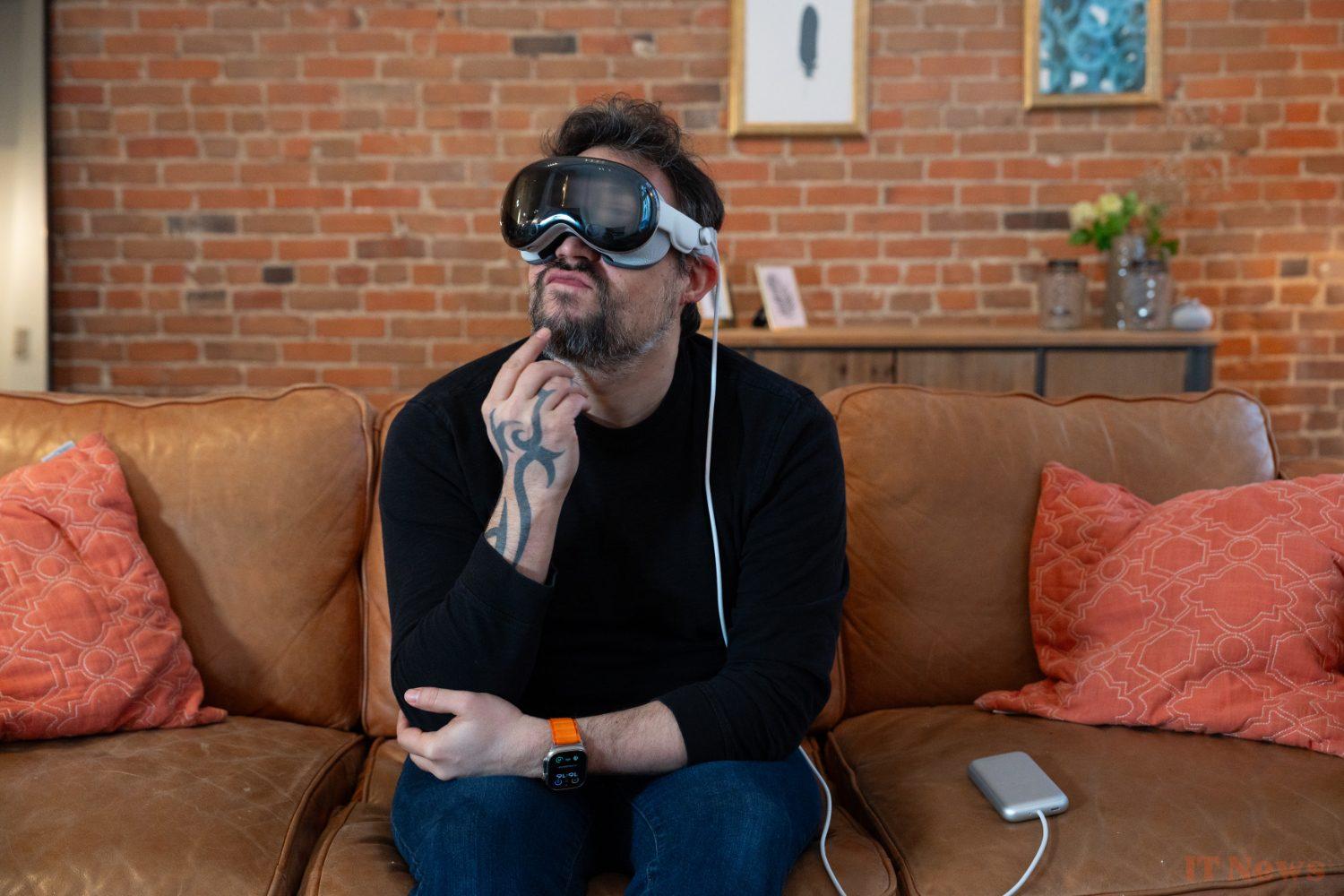
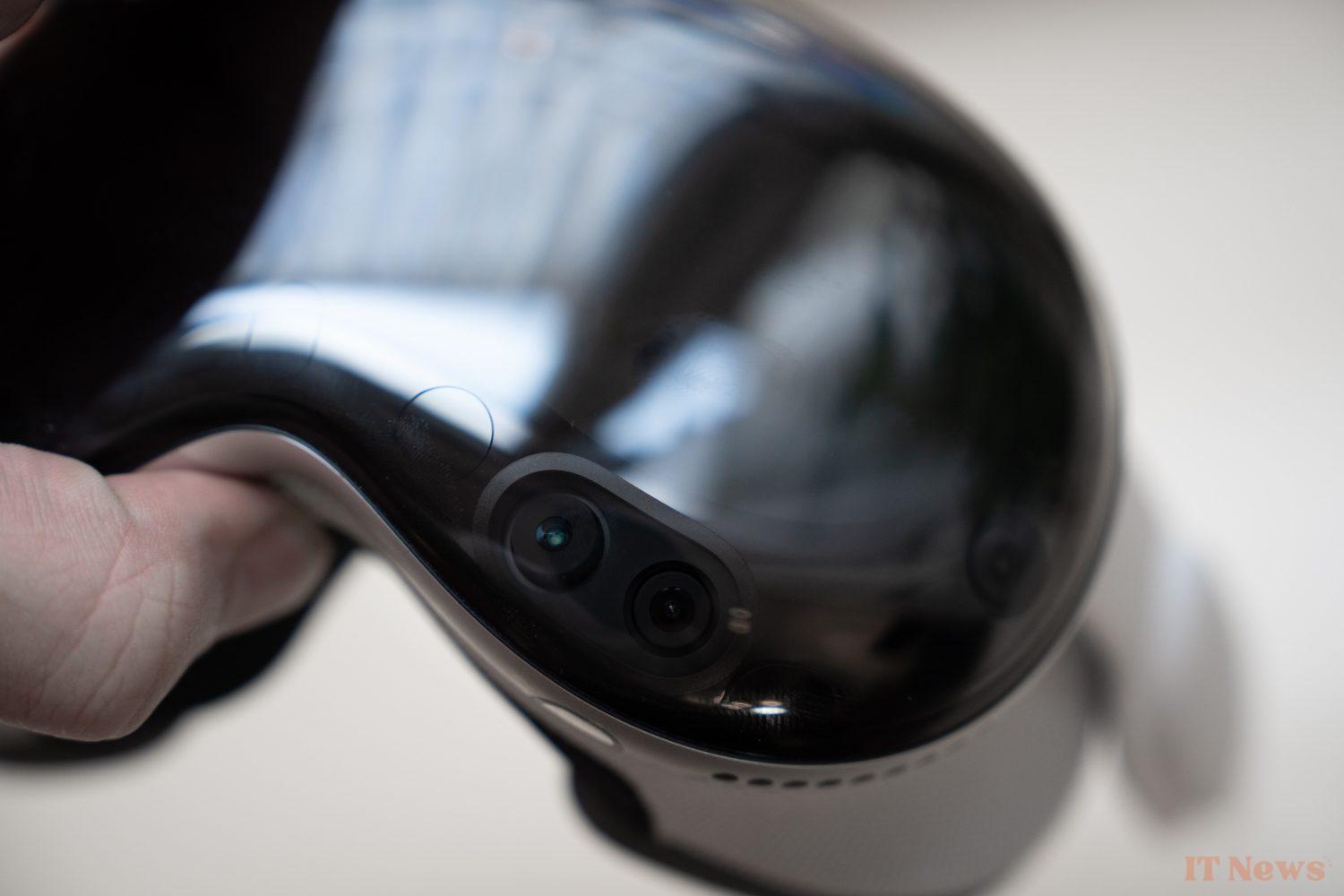
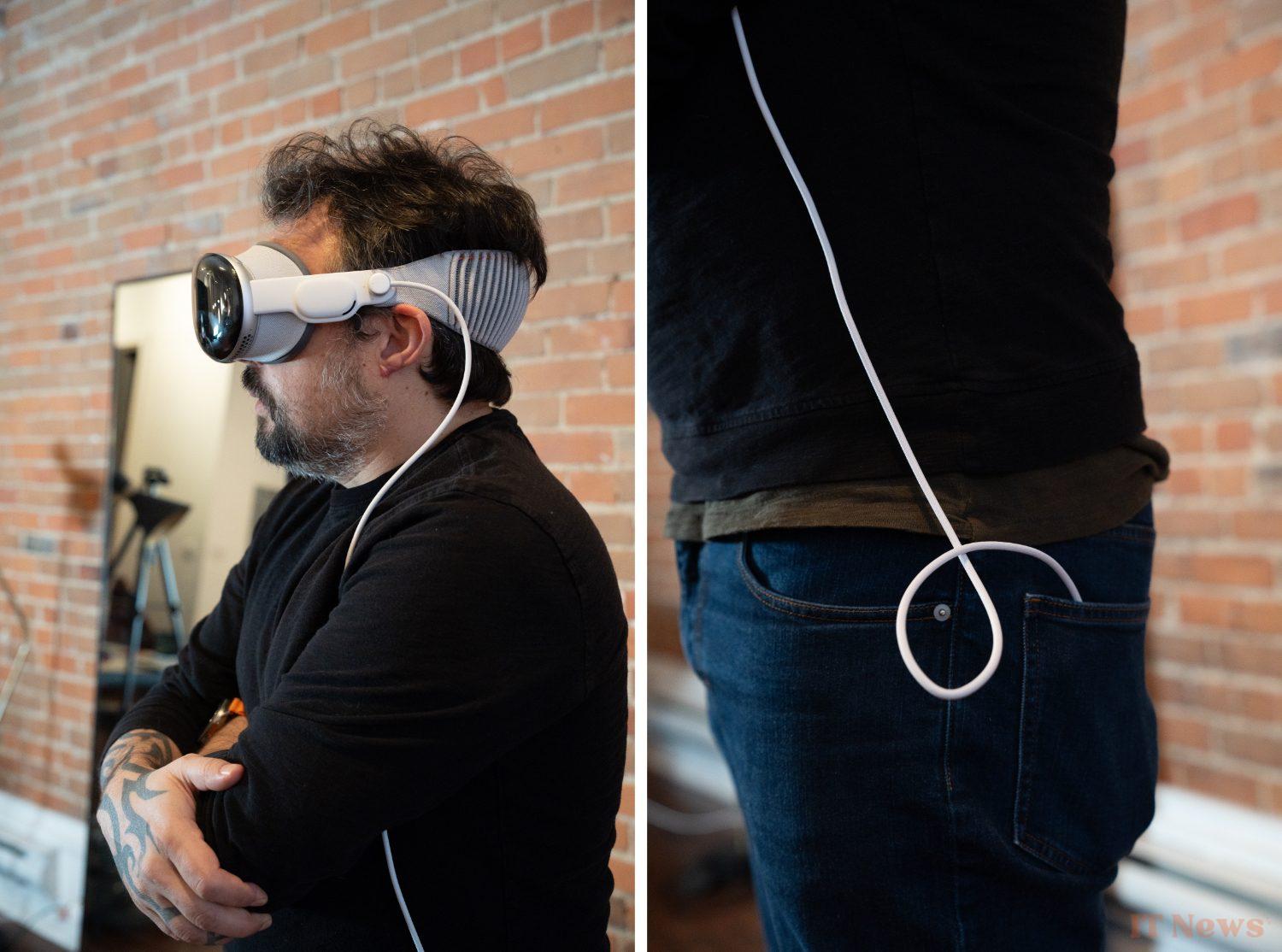
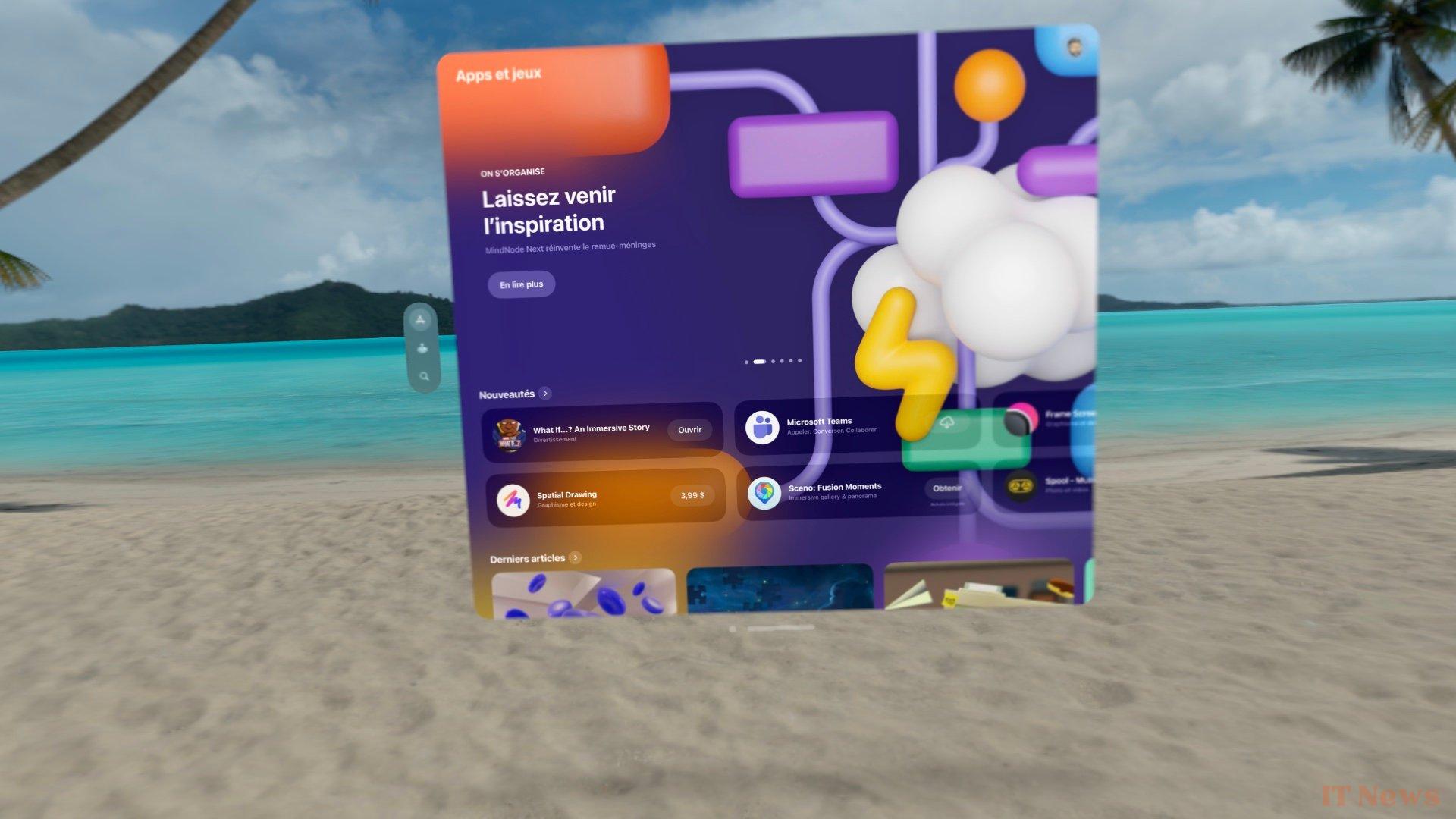
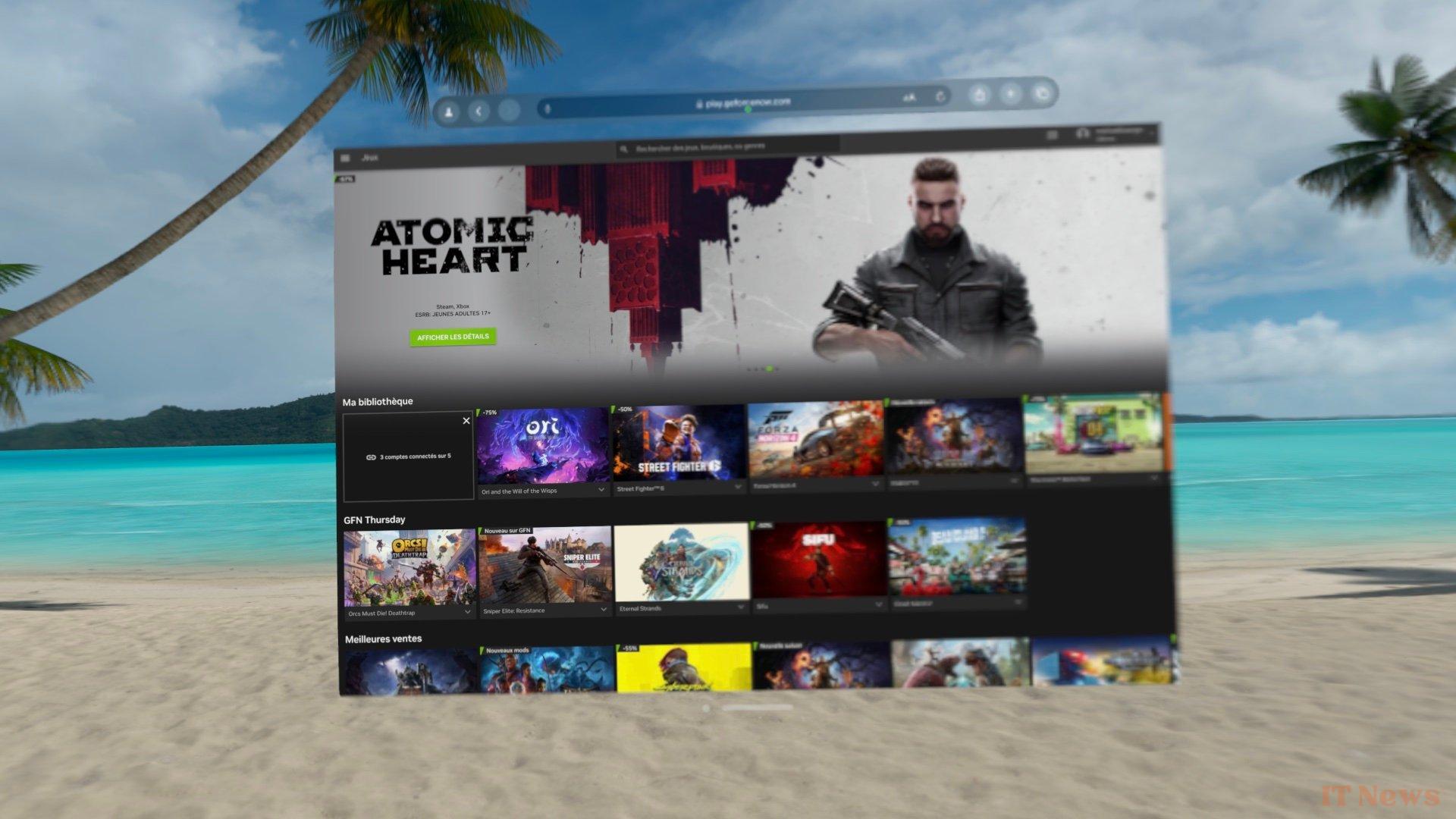
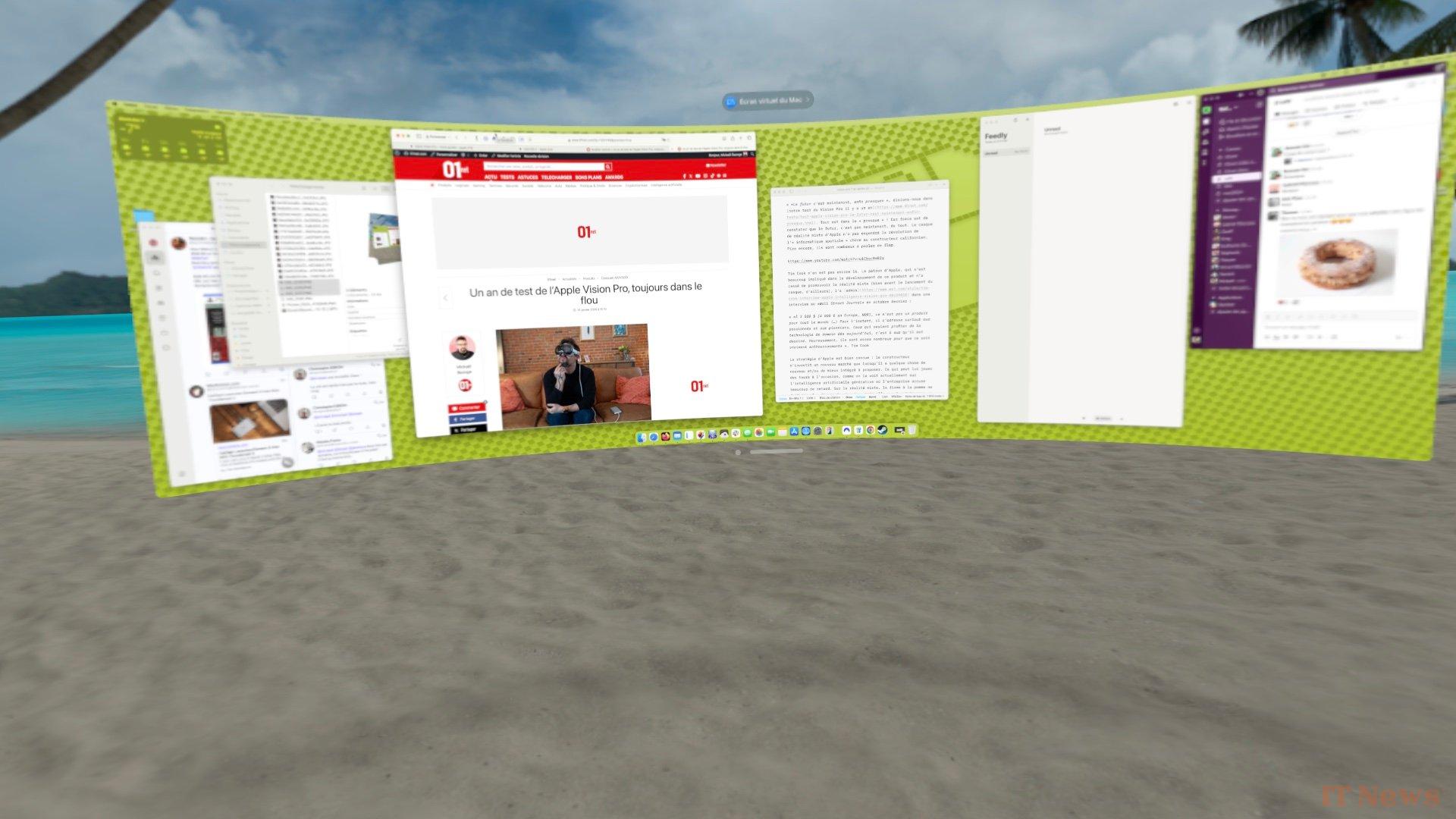
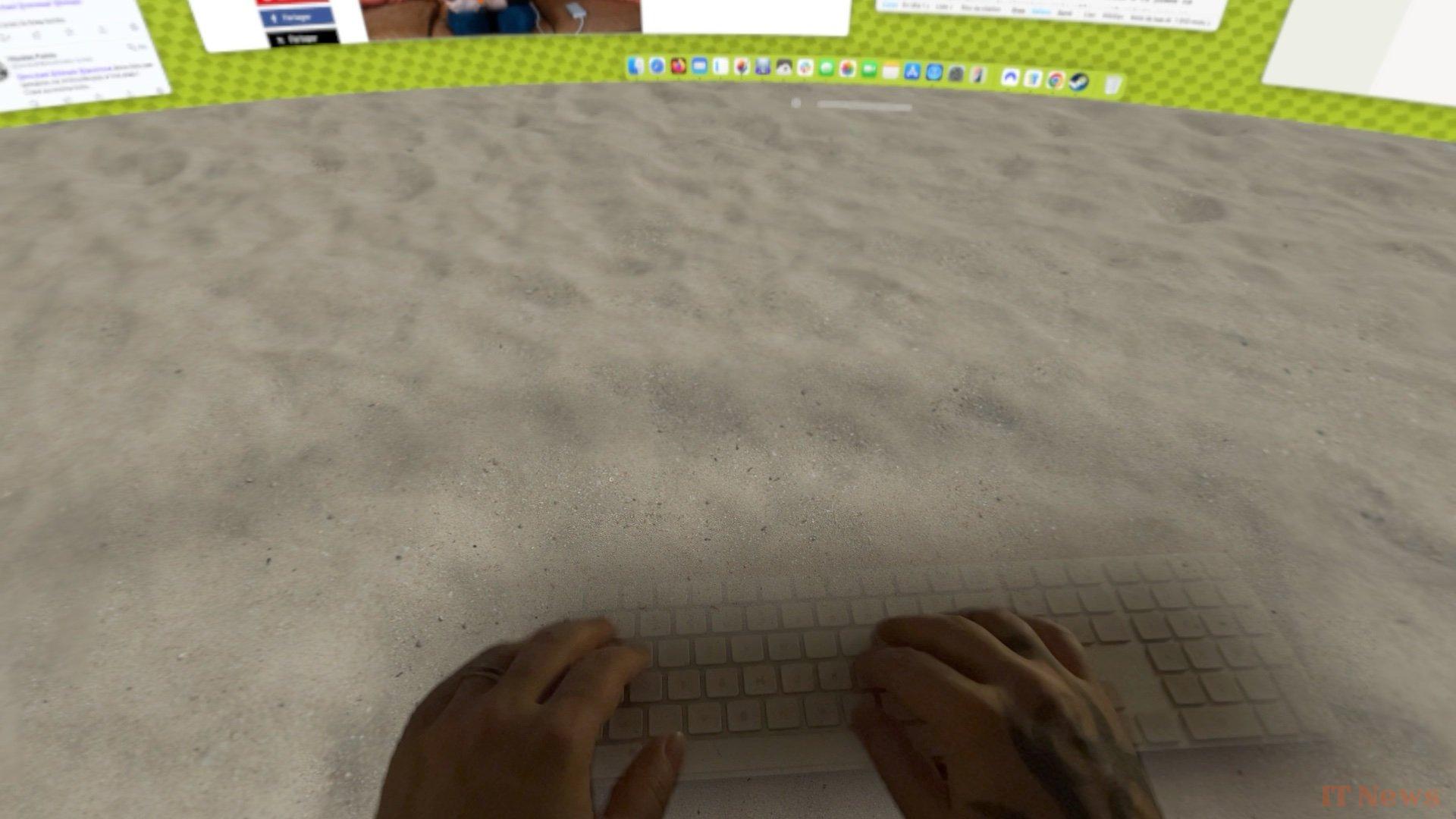

0 Comments